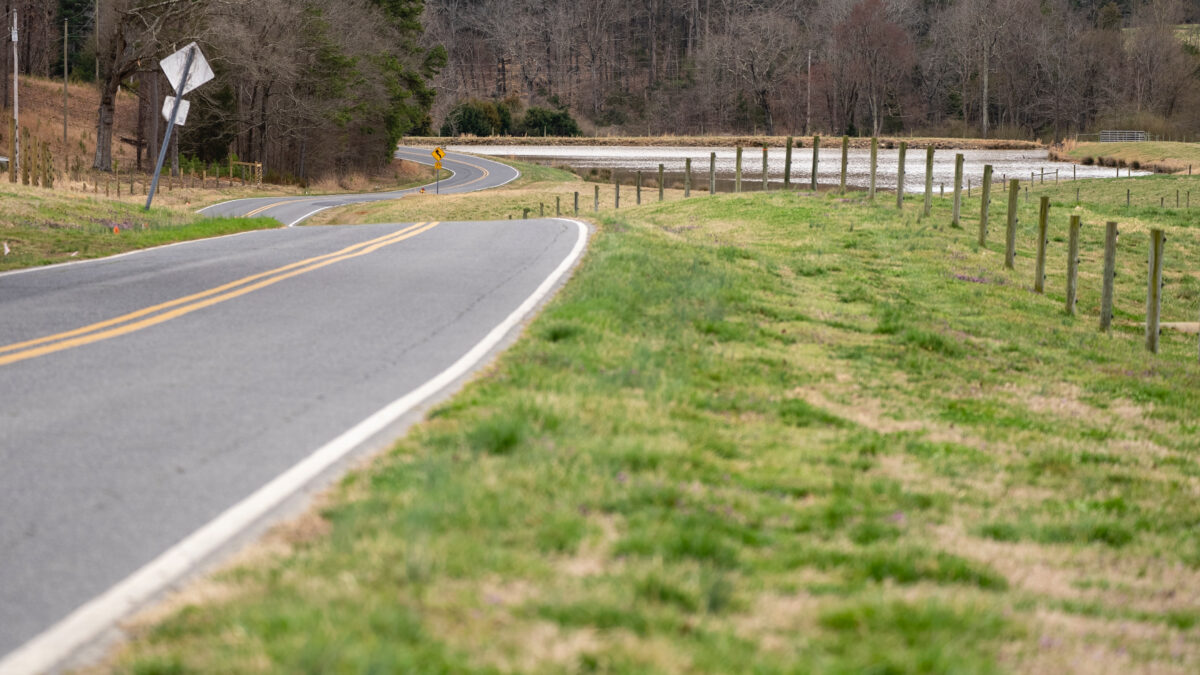Rural Infrastructure Doesn’t Make the Grade
TOPICS
TransportationZippy Duvall
President

photo credit: Mark Stebnicki, North Carolina Farm Bureau, Used with Permission
Zippy Duvall
President
Living in rural America is a blessing. Many of us can sit on our porches and look out over beautiful fields, forests, hills and prairies. We live in beautiful and historic small towns where we support local businesses. And connecting us all are the roads and bridges we travel as we start busy days tending to livestock, nurturing our crops, attending our children’s or grandchildren’s sporting events and visiting friends and family. Trucks and trains filled with the fruits of farmers’ and ranchers’ hard work crisscross the landscape as barges move up and down rivers.
But the networks we rely on for all of this are in a severe state of disrepair.
Each year, the American Society of Civil Engineer’s (ASCE) gives a grade to America’s infrastructure, and this year, we got a C-. If my kids came home from school with a C-, we would have had an earnest conversation about how we could work together and put a plan in place to do better. As Americans, we need to develop a plan to fix the dismal state of our nation’s infrastructure and make sure rural America isn’t left in the dust.
Over 178 million trips are made across structurally deficient bridges in America every day.
The ASCE report found 42% of our bridges are at least 50 years old and that 7.5% are structurally deficient. To put that into perspective, over 178 million trips are made across structurally deficient bridges in America every day. That is plain dangerous and unacceptable.
Along our rivers and streams, nearly 40,000 miles of levees protect our communities and farmland. In the spring of 2019, a major levee breach along the Missouri River in Iowa, Nebraska and Missouri destroyed hundreds of homes, flooded fields and devastated multiple rural communities. Our rivers should be life-giving to our communities. These waterways are also essential to moving agriculture products to major ports. One barge down the Missouri can carry as much as 70 semi-loads worth of goods. The ASCE gave our inland waterways a D+, estimating nearly $7 billion in backlogged projects.
Then there are the pathways that bring us together virtually. Broadband access in rural communities continues to lag far behind the speeds in urban and suburban communities, with 20% of school children lacking a high-speed connection. We have sounded the alarm on this growing digital divide for years and the pandemic has demonstrated more clearly why we must get high-speed internet throughout rural America.
Earlier this month, President Biden laid out the framework for an infrastructure package with many of the right pieces. The proposal seeks to expand rural broadband across America, promises to rebuild roads, bridges, ports, waterways and supports investment in agriculture research. While these are critical infrastructure priorities, we are closely watching how the administration and Congress will pay for this package and whether it will include mandates that could harm our communities.
President Biden’s proposal is just the first step in what will likely be a many months-long process to create and pass a final bill through Congress. The American Farm Bureau will work closely with lawmakers on both sides of the aisle to ensure we responsibly and efficiently upgrade our infrastructure. Our rural communities and food suppliers deserve more than a barely passing grade when it comes to the framework foundational to our health, safety and future success.
Zippy Duvall
President
Vincent “Zippy” Duvall, a poultry, cattle and hay producer from Greene County, Georgia, is the 12th president of the American Farm Bureau Federation.